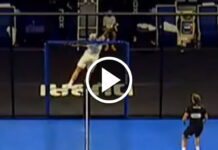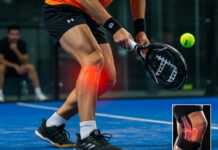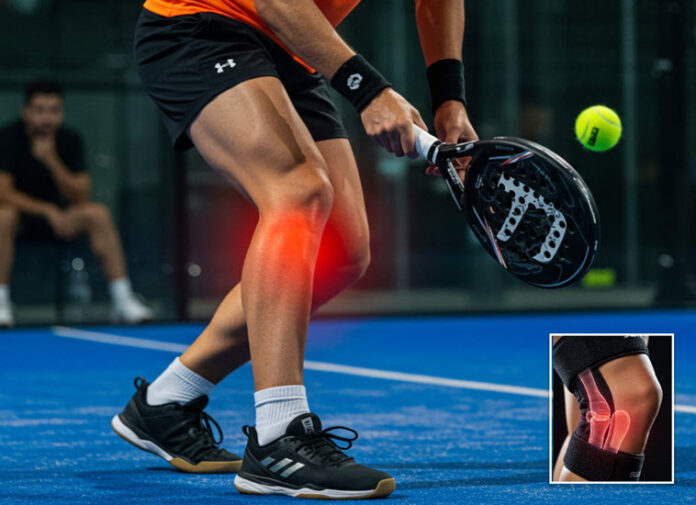Padel, a fast-paced and exciting racket sport, is gaining popularity worldwide. However, like any sport, it comes with its own set of risks, particularly to the lower limbs. One of the most concerning injuries for padel players is the Lateral Collateral Ligament (LCL) injury.
Understanding the LCL
The LCL is a crucial ligament located on the outer side of the knee. It helps stabilize the knee joint and prevents excessive side-to-side movement. An injury to this ligament can occur due to sudden changes in direction, awkward landings, or direct impact to the knee.
Mechanism of Injury
In padel, the LCL injury often happens during rapid lateral movements, sudden stops, or when players attempt to change direction quickly. These actions can place excessive stress on the ligament, leading to a strain, partial tear, or even a complete tear.
Symptoms and Diagnosis
Symptoms of an LCL injury include “pain on the outer side of the knee,” swelling, instability, and difficulty bearing weight. A healthcare professional can diagnose the injury through a physical examination and imaging tests like MRI.
Prevention and Treatment
Preventing LCL injuries involves proper warm-up exercises, strengthening the muscles around the knee, and using appropriate footwear. If an injury occurs, initial treatment includes rest, ice, compression, and elevation (RICE). In severe cases, surgery may be required to repair the ligament.
Conclusion
While LCL injuries can be a significant setback for padel players, understanding the risks and taking preventive measures can help minimize the chances of such injuries. By staying vigilant and adopting proper techniques, players can enjoy the game safely and with confidence.


































